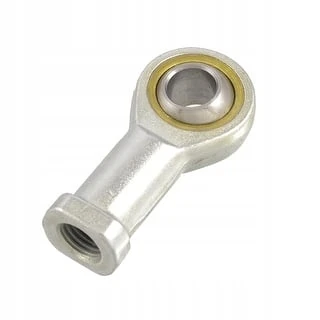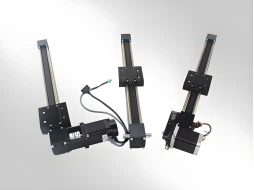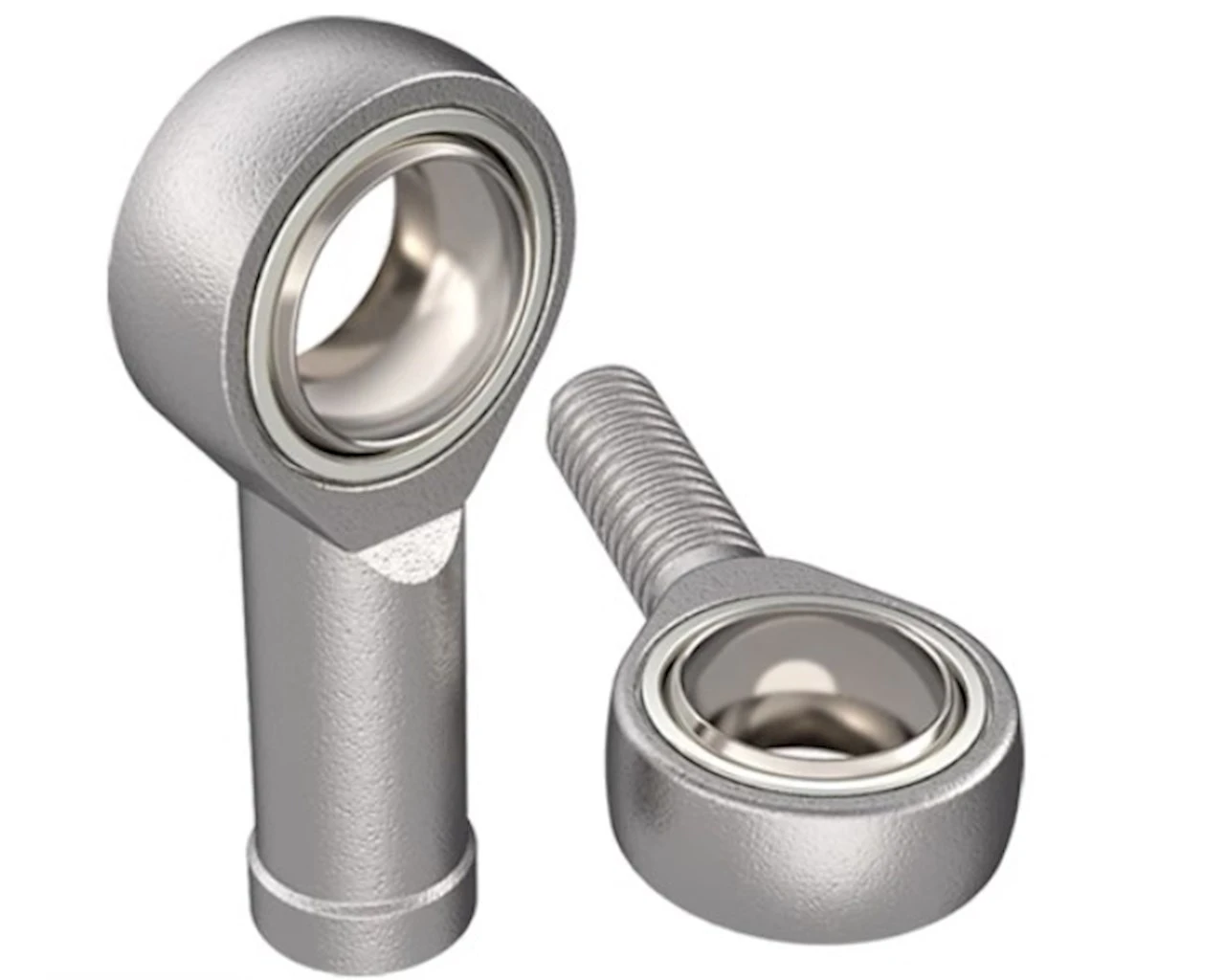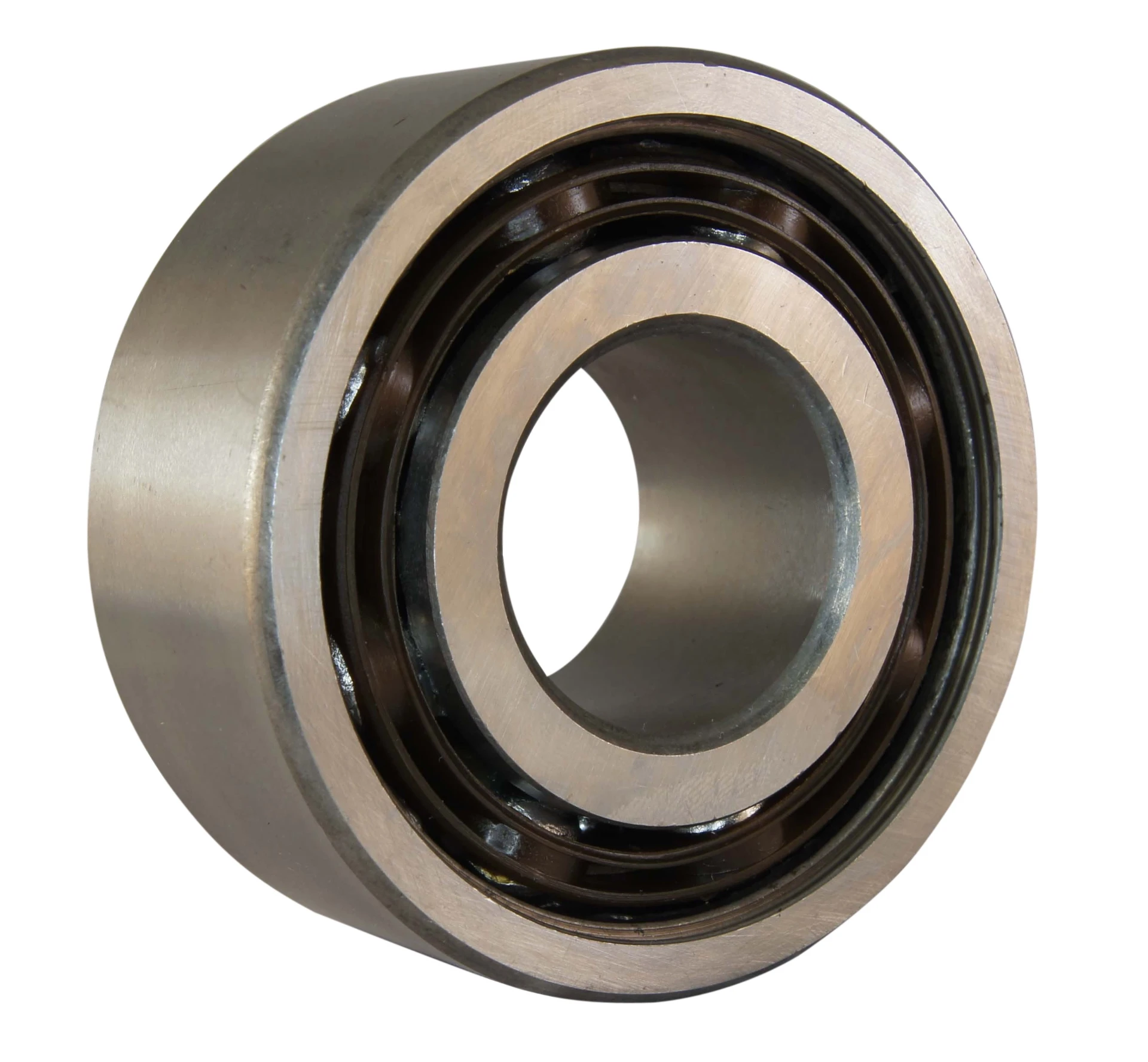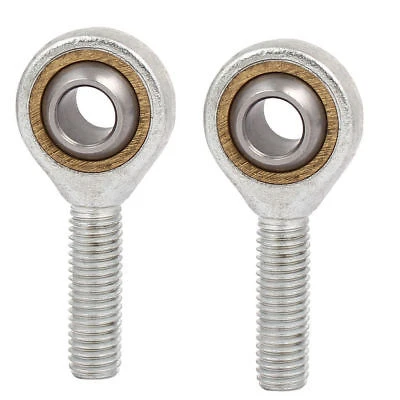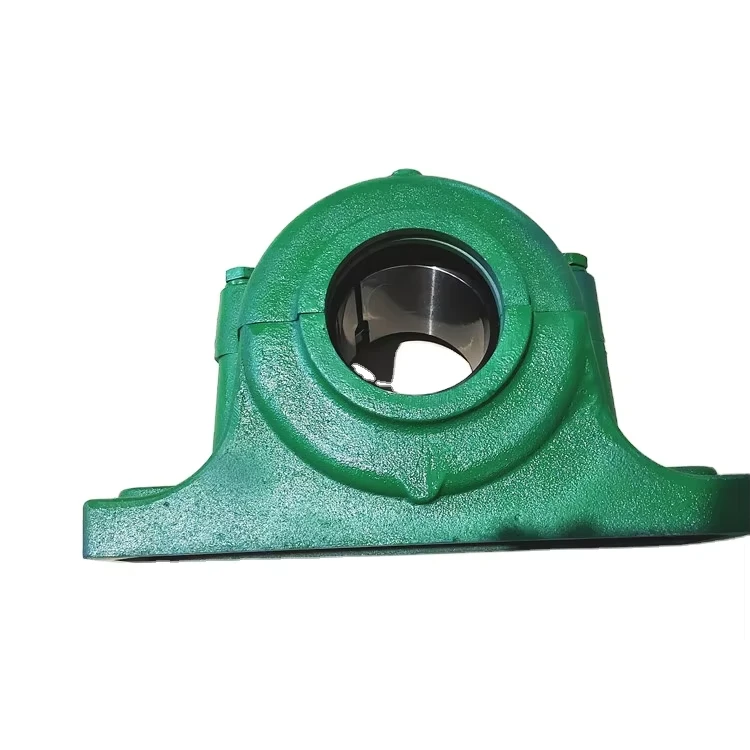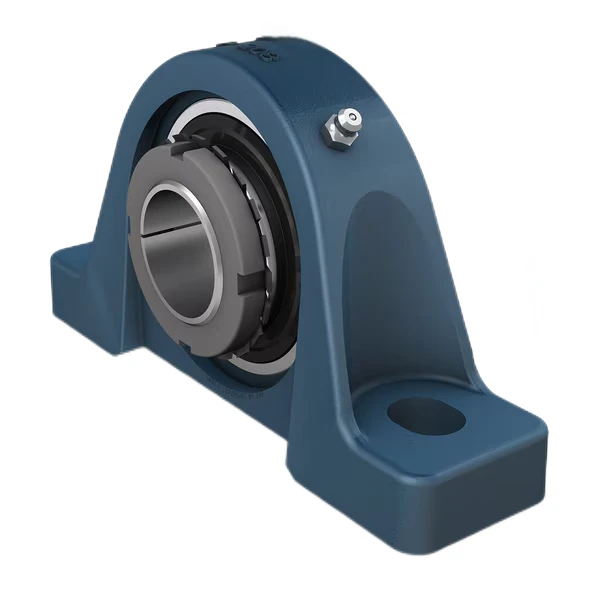Apr . 08, 2025 09:35 Back to list
Select linear modules based on width and load capacity
Linear motion modules come in a wide variety of types. How can we select the right one quickly? The following is an introduction to the selection method from the aspects of module width and load capacity:
Selection of Module Width
- Determine the application scenario and space limitations: First of all, it is necessary to clarify the usage scenario and installation space of the linear motion module. For example, in the manufacturing of some precision instruments or small-scale automation equipment, the space is usually relatively compact, and linear motion modules with a smaller width, such as those with a width of 20mm or 30mm, need to be selected to adapt to the limited installation space. In some large-scale automated production lines or situations where there are no strict requirements for space, modules with a larger width, such as 80mm, 100mm or even wider, can be considered to provide more stable operation and greater load-bearing capacity.
- Consider the requirements for motion accuracy: Generally speaking, wider linear motion modules are more stable in structure and can better maintain accuracy during the motion process. If the application scenario has high requirements for motion accuracy, such as in the fields of semiconductor manufacturing and optical equipment, modules with a larger width should be preferred. For example, for linear motion that requires an accuracy level of micrometers, it may be necessary to select modules with a width of 50mm or more to ensure that the accuracy will not be affected by the deformation or vibration of the module during the motion. On the contrary, if the requirements for accuracy are not particularly high, such as in some simple material handling or conveying situations, modules with a relatively smaller width can be selected.
Selection of Load Capacity
- Clarify the load weight: Accurately calculating the load weight that the linear motion module needs to bear is the key to the selection. This includes the weight of the moving parts themselves and the weight of the workpieces or tools that may be carried during the motion. For example, in an automated assembly line, the linear motion module needs to drive a robotic arm and the assembly tools on the arm to move. At this time, it is necessary to add up the weight of the robotic arm, the tools, and the components that may be grasped to obtain the accurate load weight.
- Consider dynamic load factors: In addition to the static load weight, dynamic load factors also need to be considered. During the acceleration, deceleration, or high-speed motion of the linear motion module, inertial forces will be generated, which will increase the load borne by the module. For application scenarios with frequent starts and stops or high-speed motion, the dynamic load needs to be calculated according to parameters such as the motion speed and acceleration. Generally speaking, the dynamic load coefficient can be multiplied by a factor of 1.5 to 3 times the static load according to the actual situation. For example, in a high-speed sorting system, the linear motion module needs to quickly transport items from one position to another. Frequent acceleration and deceleration will generate a large dynamic load. At this time, it is necessary to select a module that can withstand a large dynamic load to ensure the stable operation of the system.
- Leave a safety margin: In order to ensure the reliability and stability of the linear motion module during long-term operation, a certain safety margin should be left during the selection. It is usually recommended to select a module whose load capacity is 20% to 50% higher than the calculated load. For example, if the calculated load weight is 50kg, then when selecting the module, a module with a load capacity of at least 60kg (50×1.2) to 75kg (50×1.5) should be selected. This can avoid overloading the module due to slight changes in the load or unexpected situations, extend the service life of the module, and reduce the probability of failures.
-
Double Threaded Screw Slide: Achieving an Astounding Precision of 0.01mm while Bearing 100kg!
NewsApr.28,2025
-
Notice of May Day Labor Day Holiday |
NewsApr.24,2025
-
Lightning - Fast 90° Rotation and Pick - up in 6 Seconds!
NewsApr.24,2025
-
Revolutionary 10 - Meter Travel Linear Motors Unveiled
NewsApr.24,2025
-
Linear Module Dual-station Multi-mover Guided Dispensing: A Reliable Helper in Production
NewsApr.22,2025
-
Stop Worrying About Item Transferring! Linear Modules to the Rescue!
NewsApr.18,2025
Products categories
-
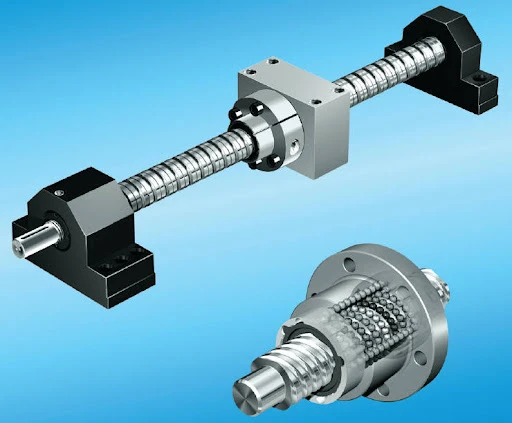 Double Threaded Screw Slide: Achieving an Astounding Precision of 0.01mm while Bearing 100kg!Double thread screw slide # high precision # high loadRead More
Double Threaded Screw Slide: Achieving an Astounding Precision of 0.01mm while Bearing 100kg!Double thread screw slide # high precision # high loadRead More -
 Notice of May Day Labor Day Holiday |Notice of May Day Labor Day Holiday | Grateful for Your Company, Looking Forward to New Achievements TogetherRead More
Notice of May Day Labor Day Holiday |Notice of May Day Labor Day Holiday | Grateful for Your Company, Looking Forward to New Achievements TogetherRead More -
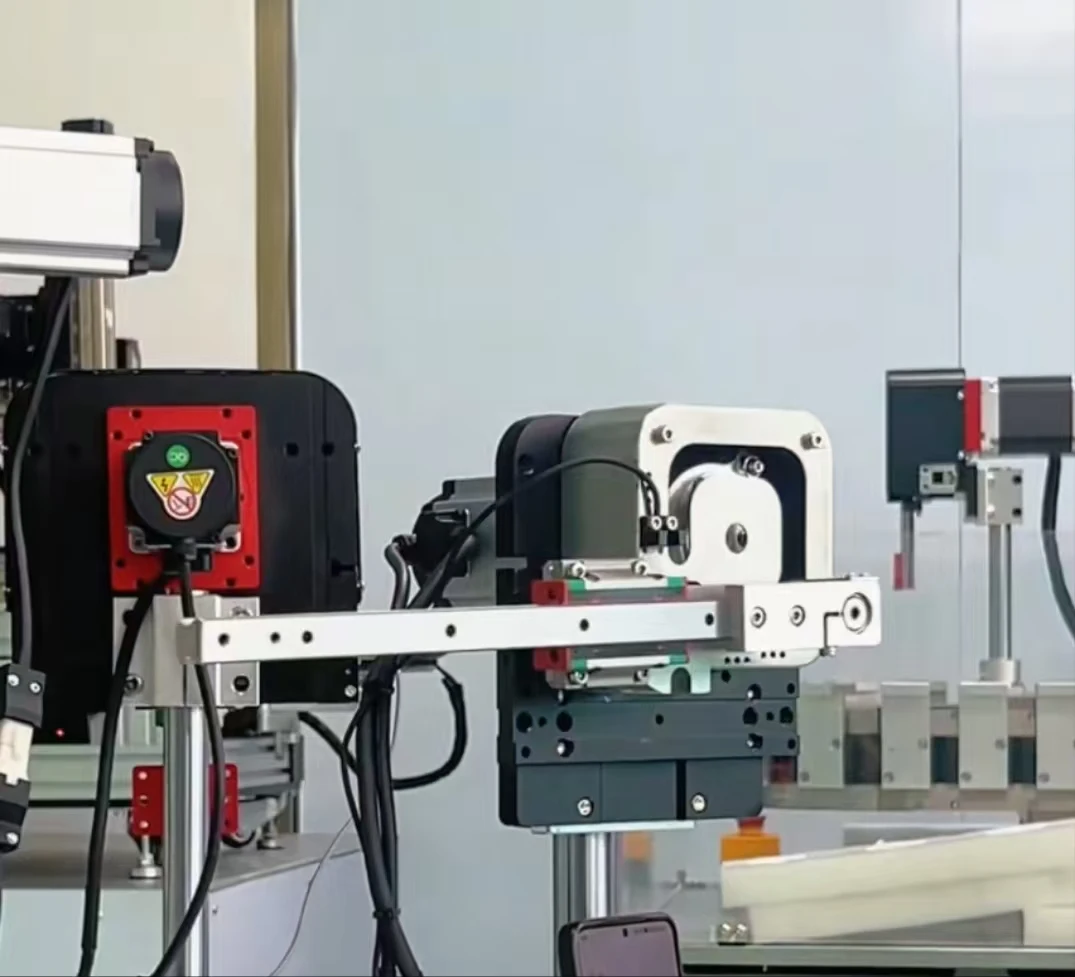 Lightning - Fast 90° Rotation and Pick - up in 6 Seconds!In the fast - paced race of industrial production, efficiency is the core of competitiveneRead More
Lightning - Fast 90° Rotation and Pick - up in 6 Seconds!In the fast - paced race of industrial production, efficiency is the core of competitiveneRead More
Manufacturing & Processing


